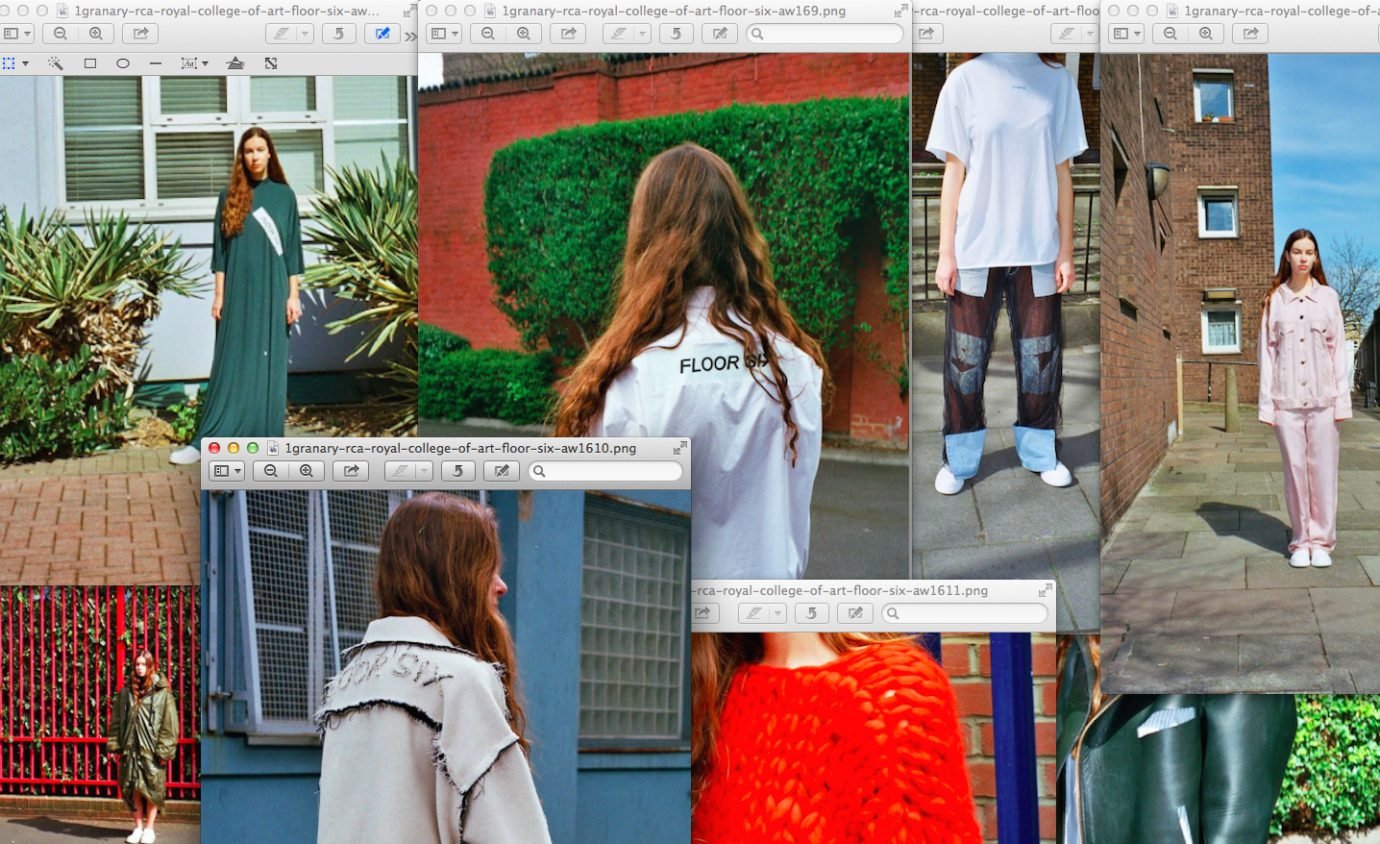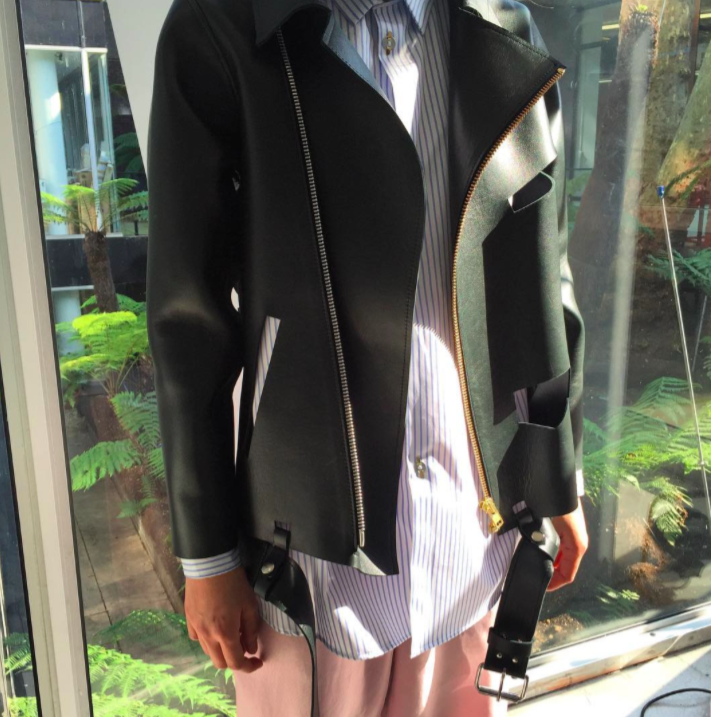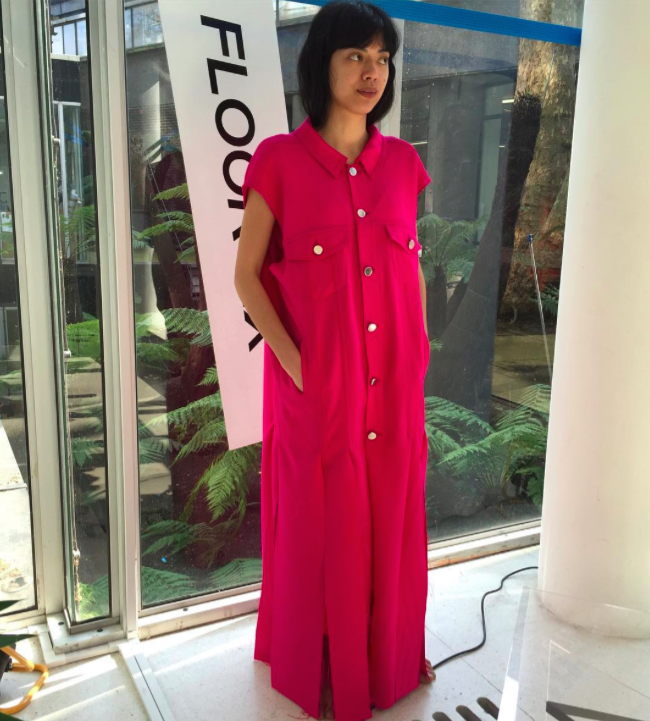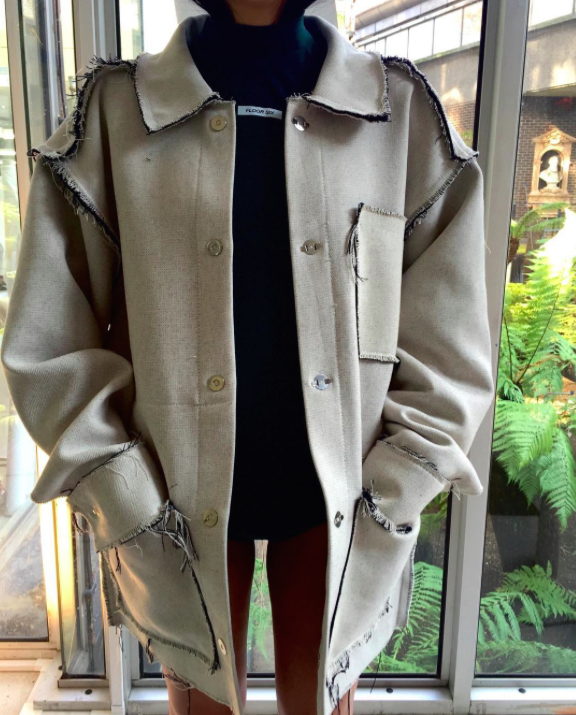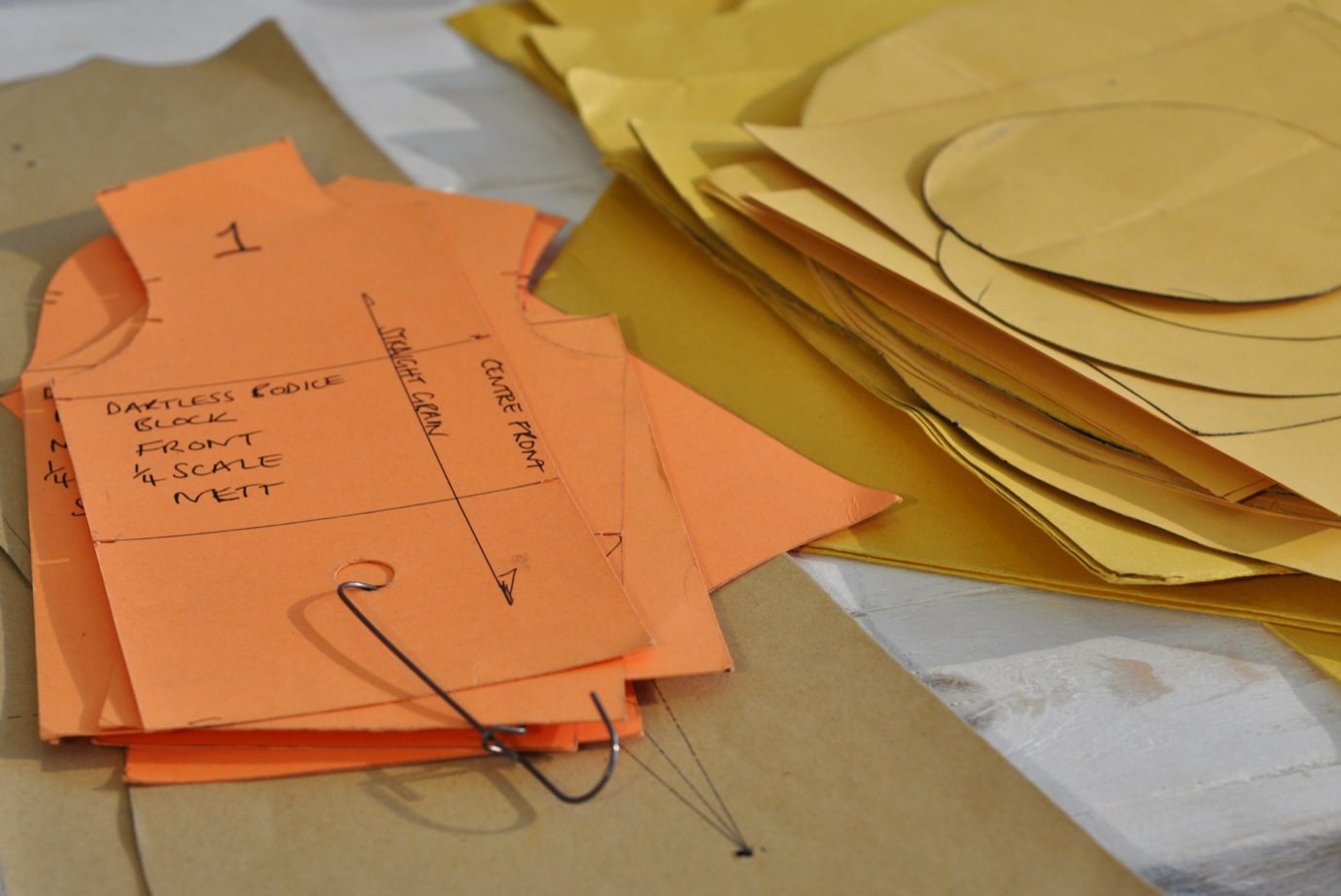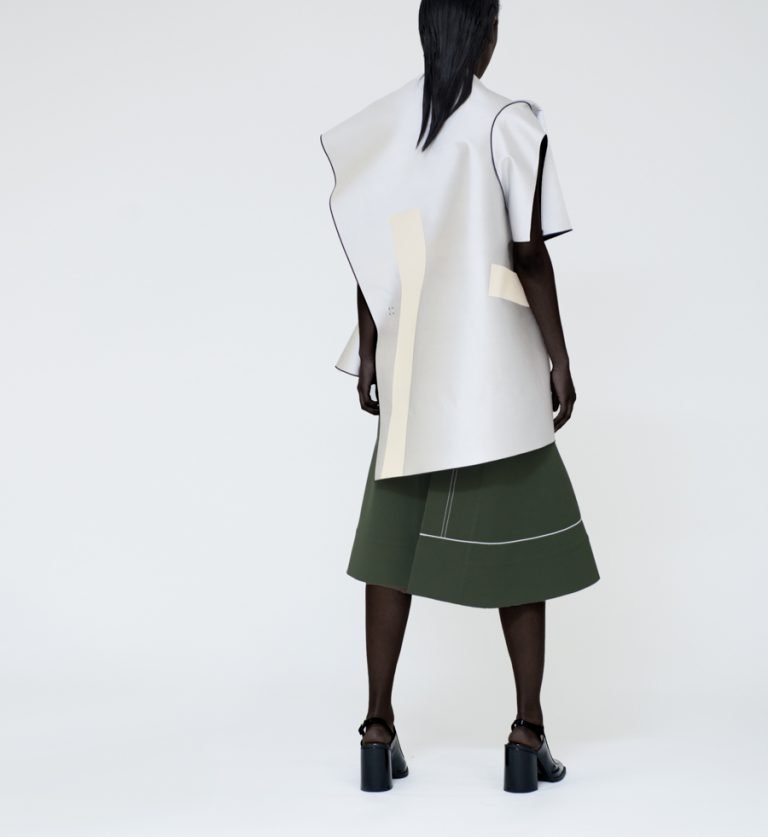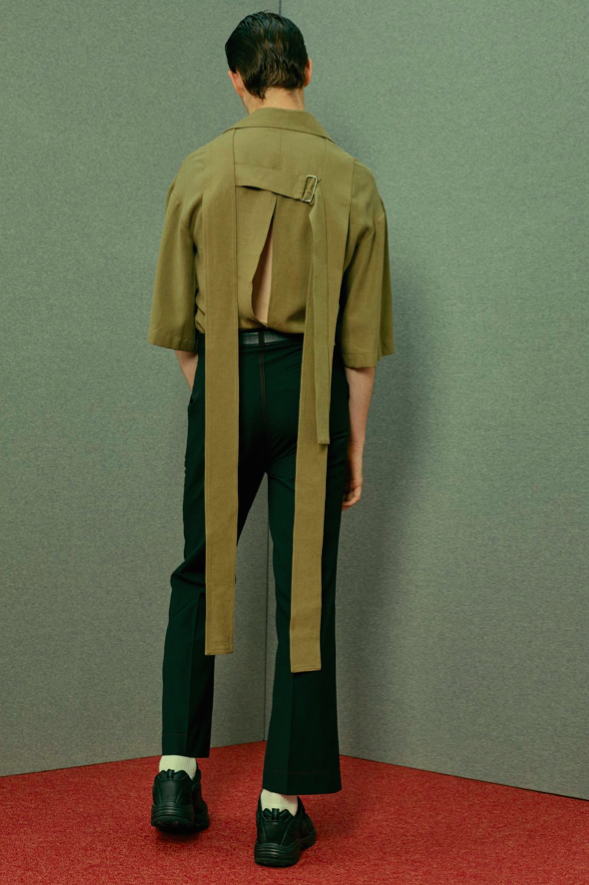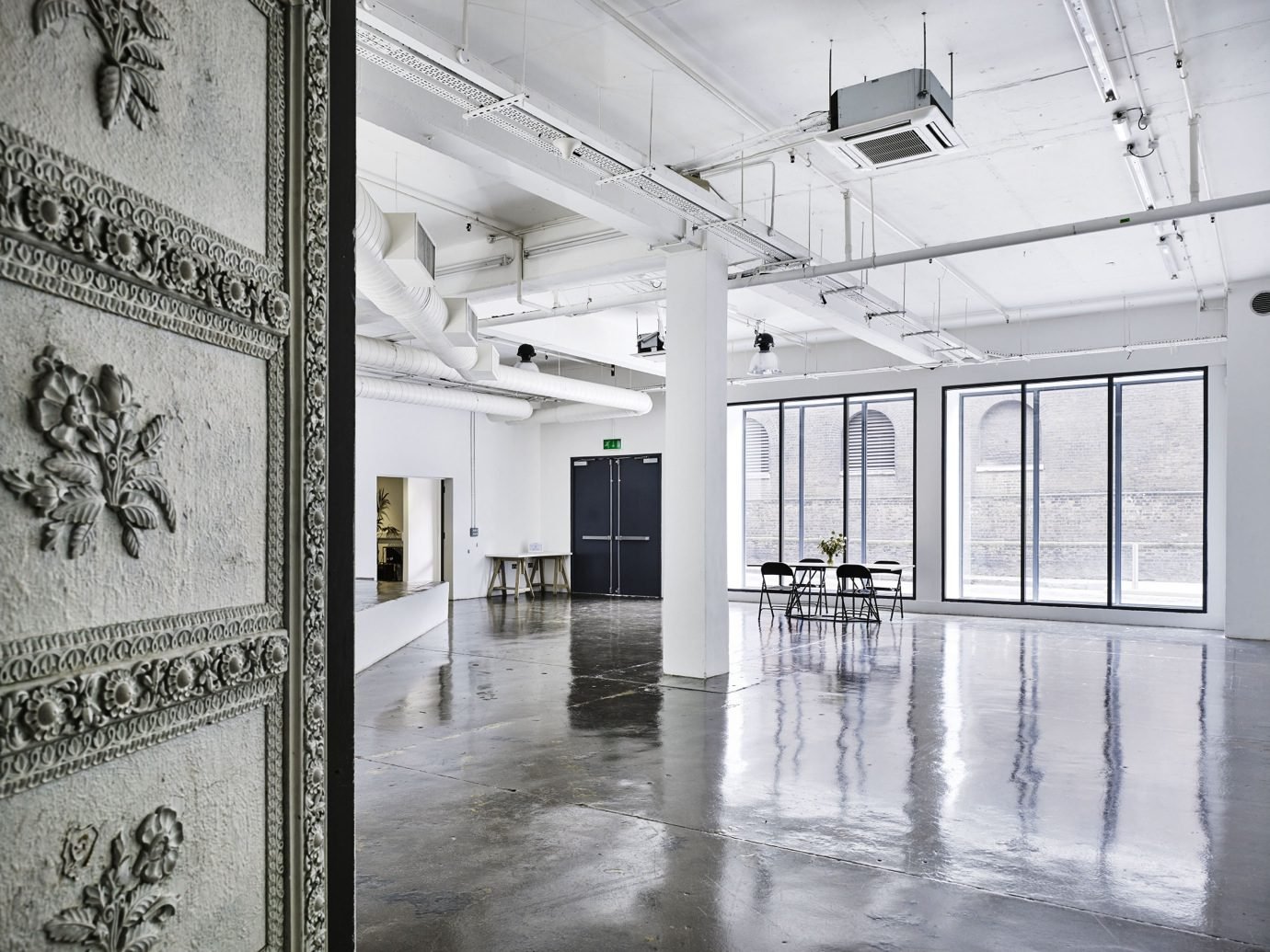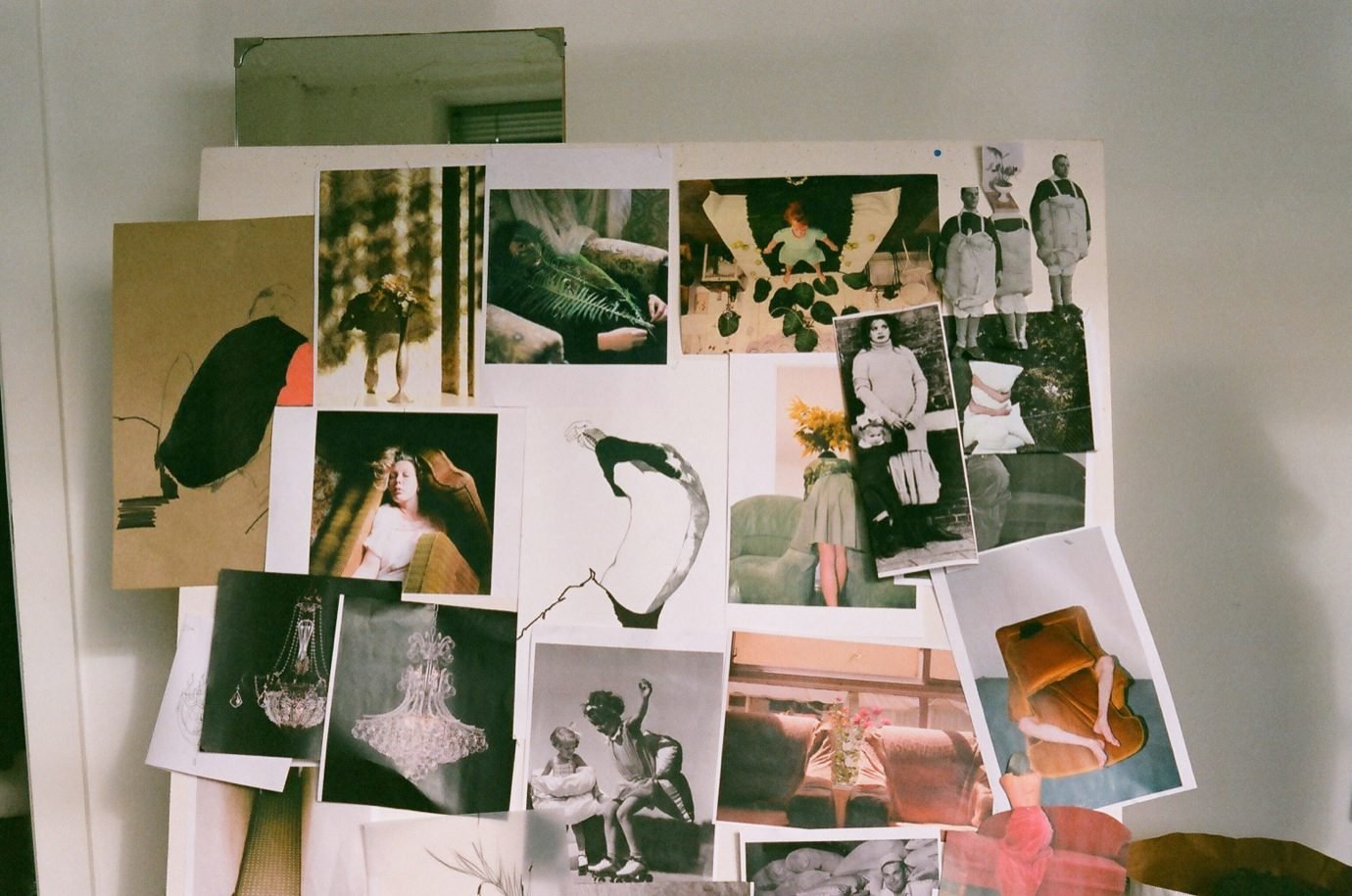What did you do before studying at the RCA?
Zoe: I did my BA at Westminster, which was amazing. My family isn’t particularly artistic, my granny used to paint but only as a hobby. From a fairly early age, I’ve had an interest in clothing and fashion. I was a particularly stubborn toddler and refused to let my mum dress me, which resulted in some pretty interesting looks.
Eva: I did my BA in Denmark, in a small town in the middle of the country. I definitely got the admiration for clothes and fashion from my mother, as she used to make clothes for my sister and me: we were the best-dressed girls around the block. I did hate one of the things a lot, though, a leather waistcoat and skirt set in particular (I was eight years old, forgive me).
Have you had a specific style throughout the years at college?
Zoe: My style has changed quite significantly in terms of its wearability. My BA collection was made entirely from cardboard! However, I would say that my references, inspiration and aesthetic have stayed on a fairly similar path.
Eva: I think that if I look back to the early days of my BA, then my style has changed a lot. But I still carry some elements from my last years of BA with me. I am always drawn towards a tailored trouser and a crisp white shirt. I think it has been a parallel development to who I am as a person. When I started my education eight years ago, I came from a culturally very different environment and had different views of the world, fashion and femininity.
Was FLOOR SIX a project that you had in mind while on the MA at RCA?
Eva: We just had a drunken promise to each other to do something together, having idea what it would look like or how we would do it.

